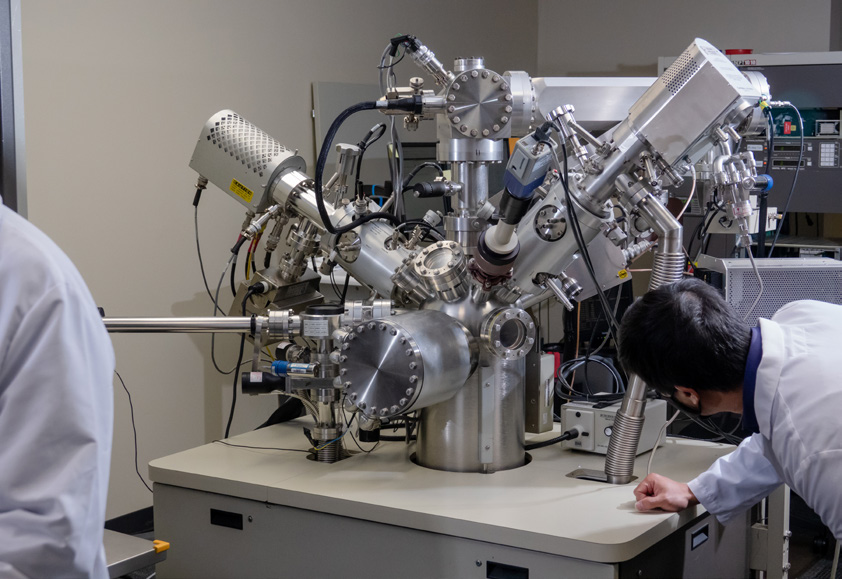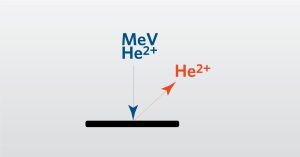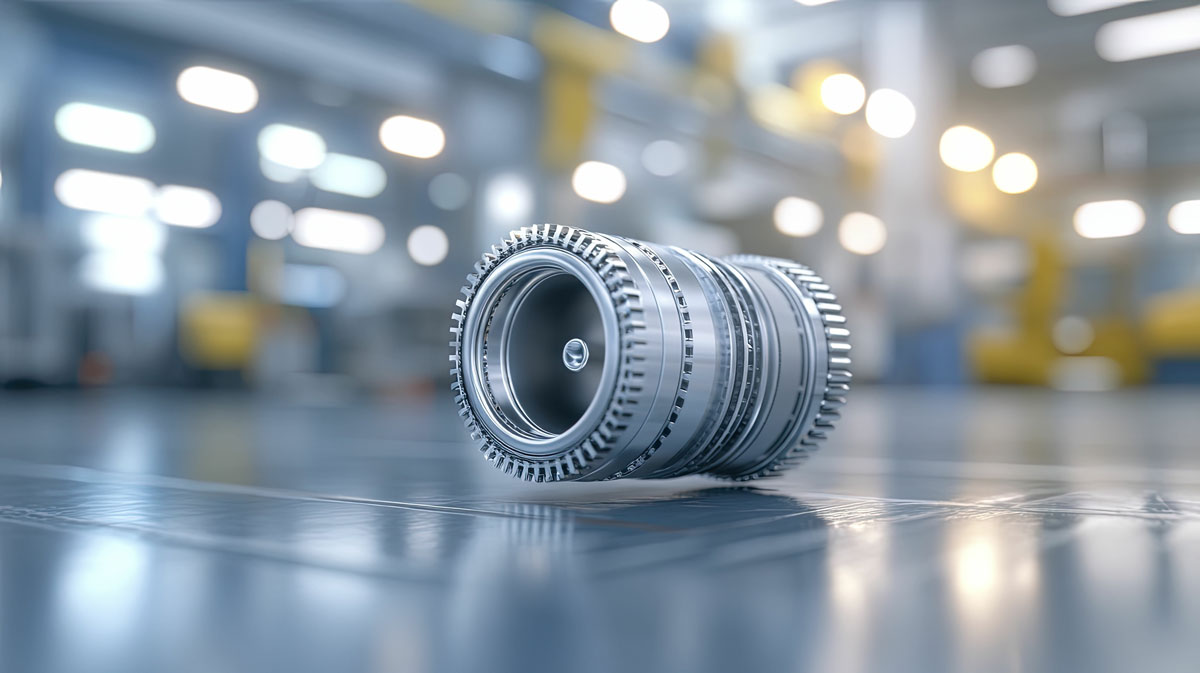
A Picture is Worth a Thousand Words – TEM, STEM and AC-STEM
TEM, STEM and AC-STEM techniques deliver high resolution images providing a detailed view of a material or product.
Home » What’s Under the Hood of a LiDAR System? How SIMS Analyzes Critical Optical Materials
LiDAR, or Light Detection and Ranging, is no longer just a futuristic buzzword. It’s what powers the spatial awareness in self-driving vehicles, enables precision agriculture, and maps forests and cities in stunning detail. At its core, LiDAR is essentially a laser that sends out pulses. Those pulses bounce off objects, and sensors capture the return signal. From this, a system can calculate distances with remarkable precision.
But for this process to work seamlessly, the internal components of a LiDAR system must be manufactured with atomic-level control. Every element relies on ultra-pure, meticulously engineered materials. This includes the diodes that emit light, the detectors that capture it, and the lenses and filters that focus it. This is where we use Secondary Ion Mass Spectrometry (SIMS).

SIMS is a surface level analysis technique that reveals the chemical makeup of materials with astonishing sensitivity. It works by bombarding a material’s surface with a focused ion beam, which dislodges atoms from the surface. These ejected atoms, now ionized, are measured by a mass spectrometer, allowing scientists to identify and quantify the elements present in the material. What makes SIMS unique is its ability to detect incredibly low concentrations, down to parts per billion, of dopants, contaminants, or trace metals, and to map those elements with nanometer precision through the depth of a sample.
In the world of LiDAR, where precision is everything, this level of detail matters. Moreover, it’s an essential piece. The laser diodes at the heart of these systems are often made from materials such as gallium arsenide (GaAs) or indium phosphide (InP), which need carefully controlled levels of dopants to function optimally. Even slight variations in composition can affect the laser’s wavelength, power, output, and even their reliability. SIMS helps manufacturers ensure that dopant concentrations are exactly where they need to be, not too shallow, not too deep, and not drifting over time.
Just as critical, SIMS can detect trace contamination that may originate from the fabrication environment or raw materials. Even minute impurities can compromise laser performance or long-term stability. SIMS provides accurate layer thickness measurements, confirming that each deposited layer meets design specifications and supports the intended optical and electrical behavior of the diode.
The trend toward smaller, more integrated LiDAR systems is also making SIMS even more relevant. As companies move toward solid-state designs that eliminate the need for rotating sensors by integrating optics and electronics into a single chip, the margins for error shrink dramatically. SIMS plays a vital role in verifying that these miniaturized systems still meet their performance targets, detecting issues like ion diffusion across layers, interfacial defects, or contamination during processing.

In real-world conditions, whether mounted on a car navigating through dust and rain, or in a satellite scanning Earth’s surface from orbit, the bottom line is that LiDAR systems must function flawlessly. Failures often trace back to microscopic problems in the materials themselves. SIMS gives engineers the tools to detect these issues before the system ever leaves the cleanroom.
As LiDAR becomes more central to everything from autonomous navigation to environmental sensing, the demand for reliability, accuracy, and efficiency will only grow. SIMS ensures that every layer, interface, and trace element within a LiDAR system contributes to its performance. In short, SIMS doesn’t just analyze materials, it protects future optical innovation.
At EAG Laboratories, we specialize in delivering high-resolution SIMS analysis tailored to the demands of advanced technologies like LiDAR. Our team of experienced scientists and engineers work closely with clients in photonics, automotive, aerospace, and semiconductor sectors to uncover critical insights at the atomic level. We provide the precision, speed, and reliability you need to stay ahead.

TEM, STEM and AC-STEM techniques deliver high resolution images providing a detailed view of a material or product.

In this webinar we will focus on Rutherford Backscattering Spectrometry (RBS) which is a thin film analysis technique

February 15, 2024
Please join us for coffee and conversations! Enjoy a cup of coffee and pastries as you get to know our technical experts.

Explore the hidden risks of impurities during manufacturing and how advanced methods like GDMS and ICP-MS help safeguard critical components.
To enable certain features and improve your experience with us, this site stores cookies on your computer. Please click Continue to provide your authorization and permanently remove this message.
To find out more, please see our privacy policy.